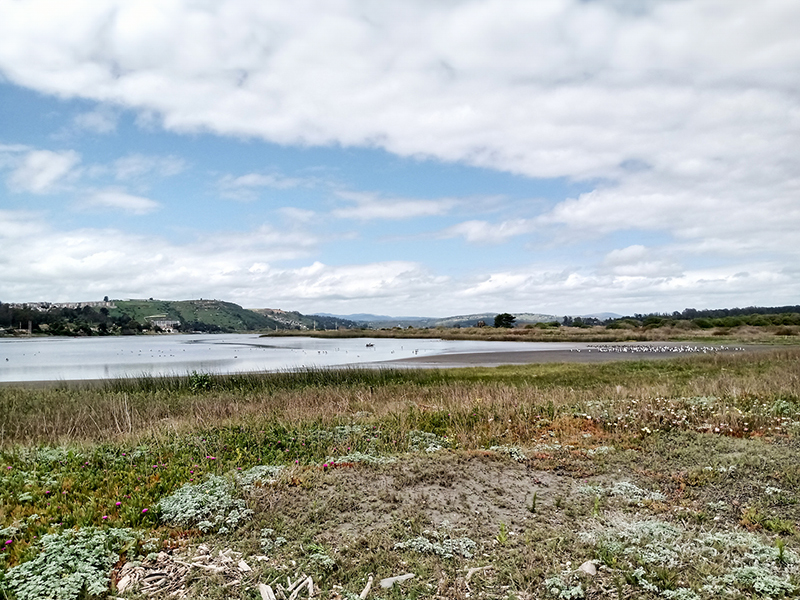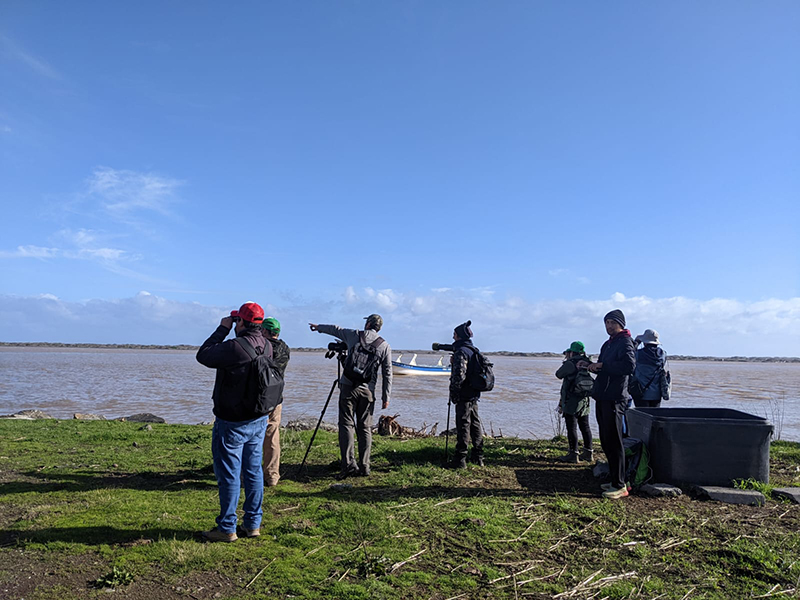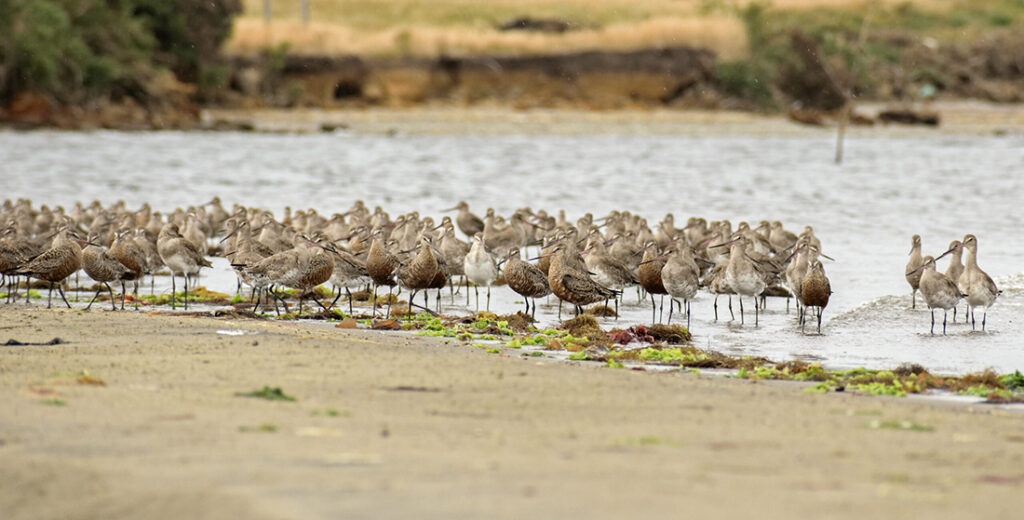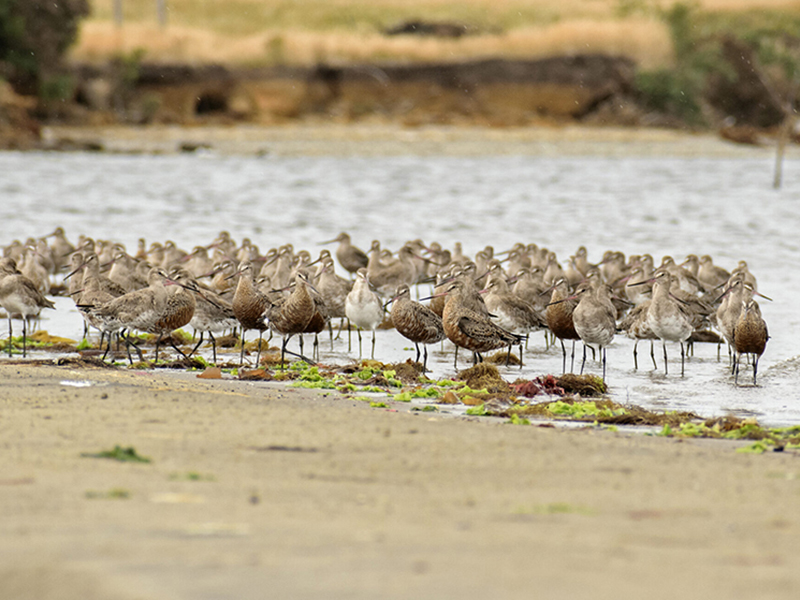Integrating shorebird monitoring into conservation management at the local and national levels in Chile
While Chile has seen recent advances in shorebird conservation planning, the Network of Bird and Wildlife Observers of Chile (which uses the acronym ROC to refer to its Spanish name) recognized that the latest monitoring and scientific research on shorebirds was not being used effectively by decision makers in the country.

Project Summay
ROC set out to reduce data and information accessibility gaps, increase analysis and reporting capabilities, and standardize results to promote more and better evidence-based conservation decisions.
How MSP+ Helped
Support from the MSP+ Program allowed ROC to create new tools and platforms to reduce barriers identified in bird research, facilitating access to the best available information, tools, and data for decision makers and public and private managers. It also allowed ROC to expand perspectives on those barriers by consulting different actors, and add value by creating synergies by integrating into key strategic planning processes led at the national level in Chile.

Key Results
ROC collected information by surveying key actors from 100% of the sites that make up the part of the Migratory Shorebird Project in Chile and 68% of sites identified as important by Chile’s shorebird conservation plan. ROC is developing products and a web platform that integrates information from Birds of the World (a project of the Cornell Lab of Ornithology), and the results of different monitoring schemes developed in the country. ROC also monitored results at the species and site level, and created technical guidance and tutorials for data analysis to increase standardization across the country.

Main Partners
Chile’s Ministry of the Environment was a key partner due to its role implementing Chile’s National Bird Conservation Strategy for 2021-2030: Conservation Action Plan for the Shorebirds in Chile (PACAP). Additionally, the network of more than 70 stakeholders who support the development of different monitoring schemes coordinated by ROC was instrumental in supporting project goals.
What might be next?
ROC will continue to finalize and disseminate work products that were initiated through this grant. ROC would like to host new content and tools in the future on the website created, by providing freely available codes and tools for data analysis, as well as expand their reach to different audiences. Continued support would allow them to extend the reach of the products created, including not only virtual dissemination but also face-to-face activities with key actors and shorebird conservation managers in Chile. Similar initiatives could be promoted in other countries of the region to enhance monitoring and analysis.

